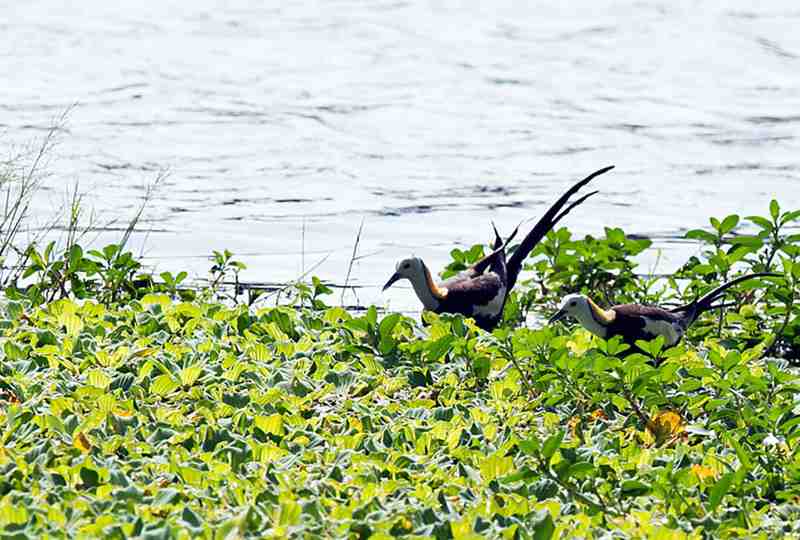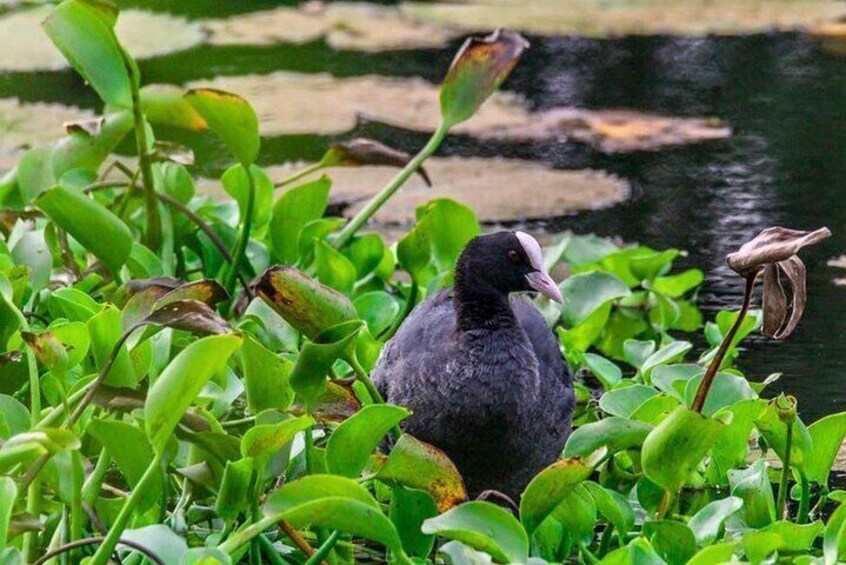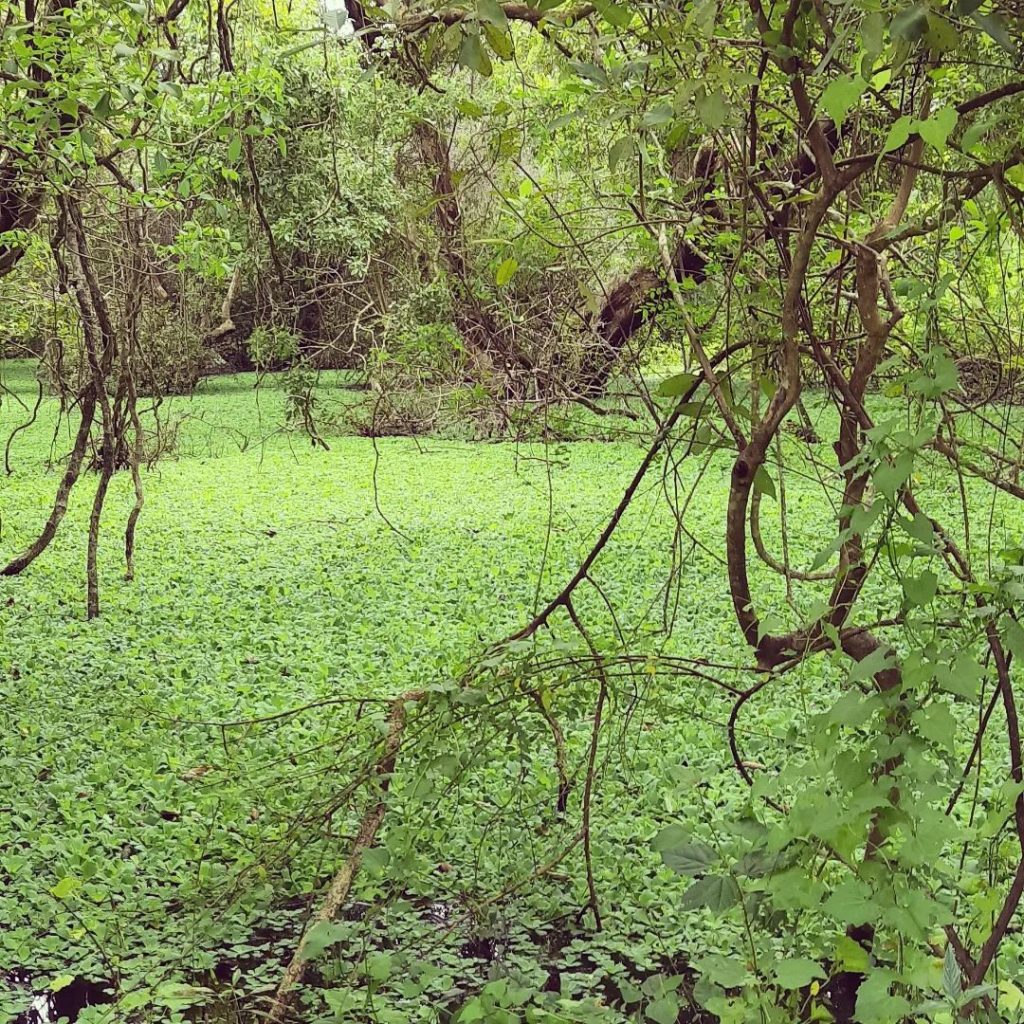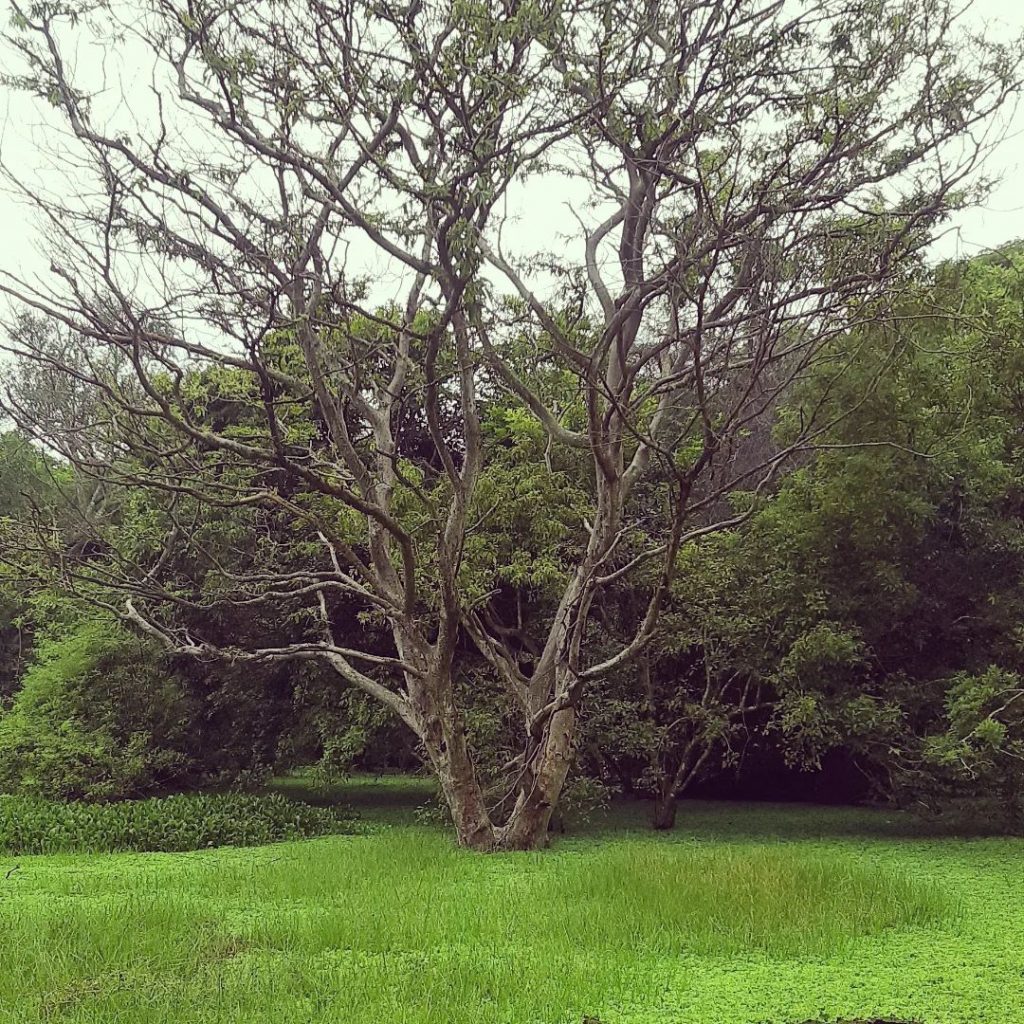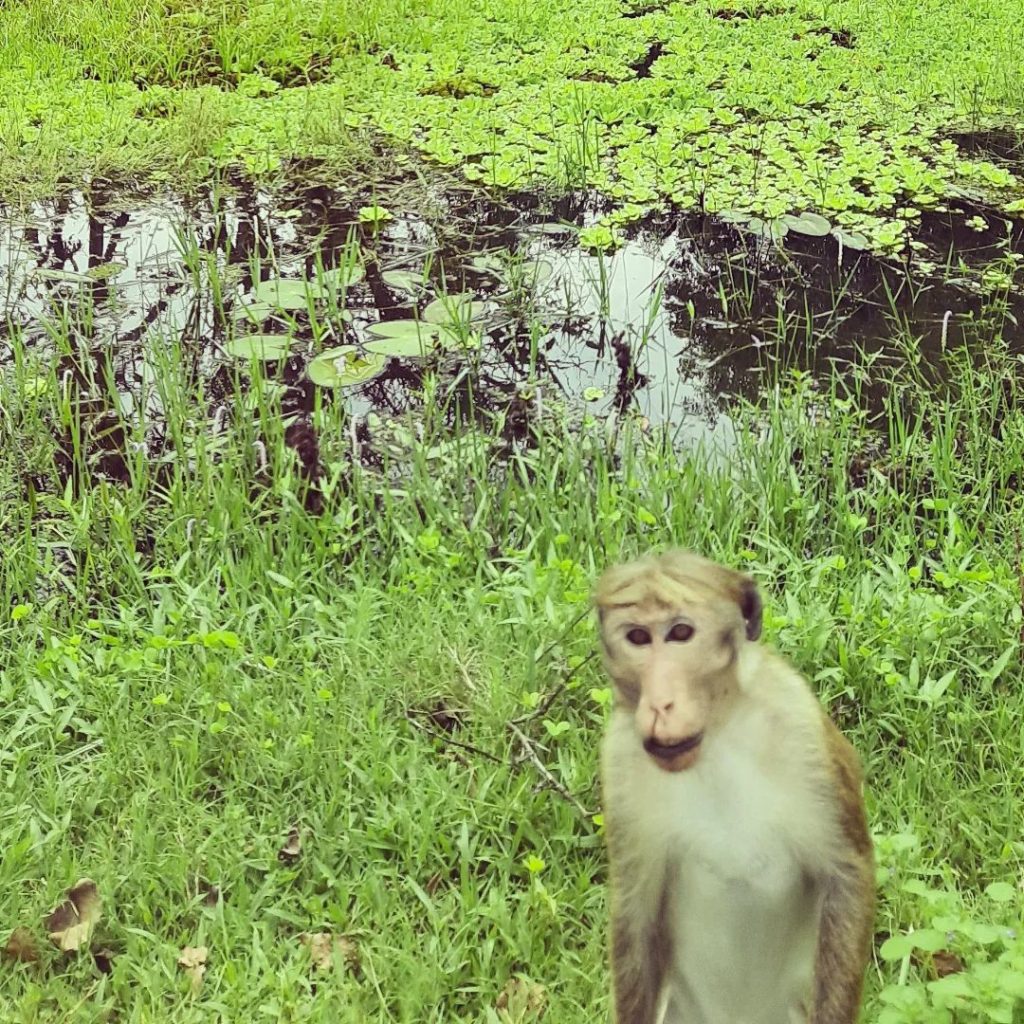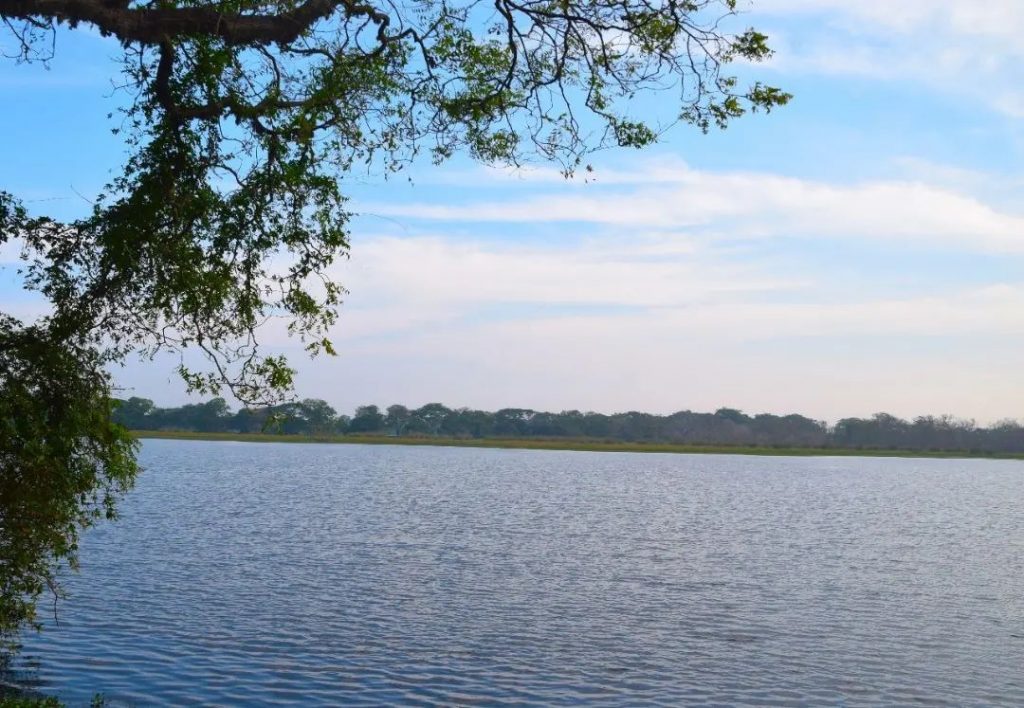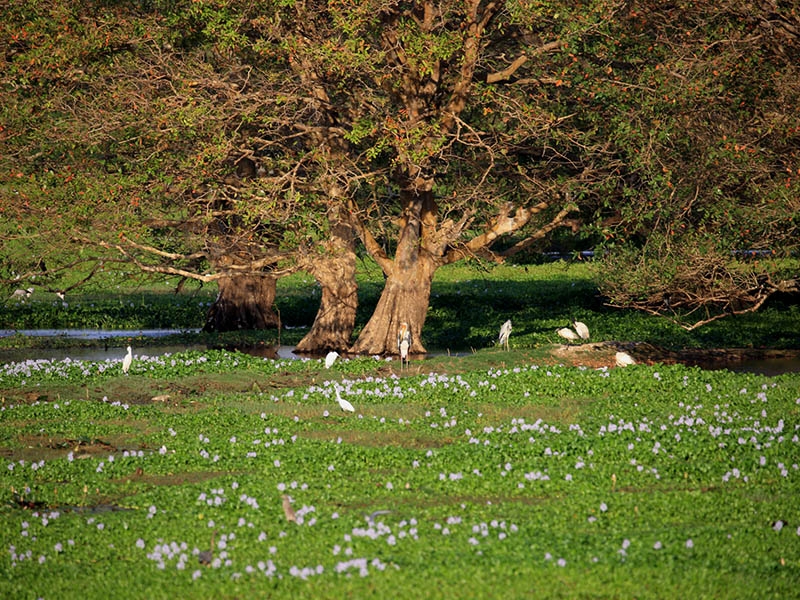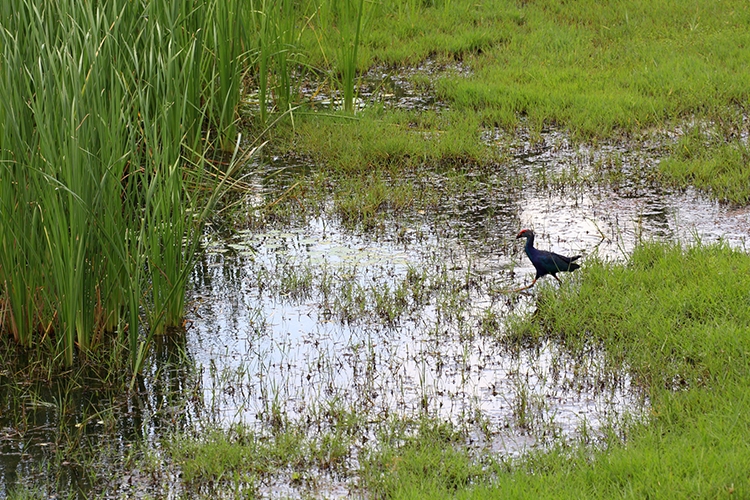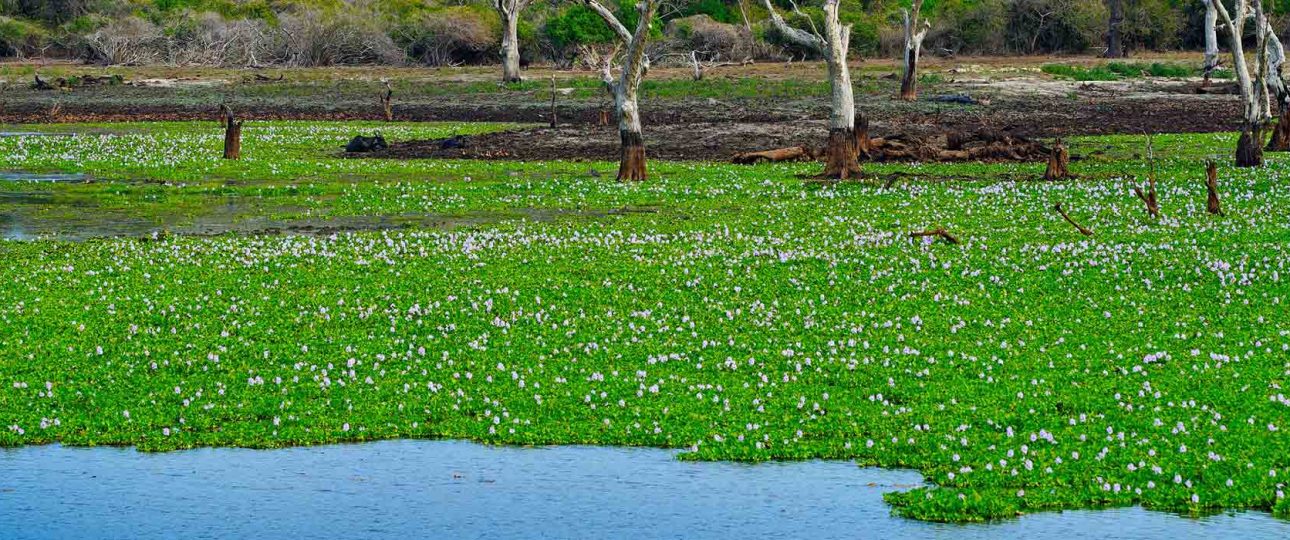The Anawilundawa Bird Sanctuary is situated in the Puttalam district in the North Western province of the country, between Chilaw and Puttlam – to be more specific, it is situated between the coast and the Chilaw-Puttlam railway line.
The uniqueness of Anawilundawa lies in its immediate proximity to three vastly different ecosystems: the coast, the mangroves, and the freshwater tanks, making it one of the six RAMSAR Wetlands in Sri Lanka. This unique ecological setting has made it a favorable nesting and breeding ground for hundreds of bird species.
The RAMSAR convention was named after a city in Iran and was signed in 1971. It is an intergovernmental treaty that provides the framework for the conservation and wise use of wetlands and their resources. An ancient system of human-made cascading tanks or reservoirs, ranging between 12 and 50 hectares each and totaling some 200 ha, dating back to the 12th century, King Parakramabahu, help to sustain traditional paddy fields in the area as well as islets of natural vegetation. These man-made wetlands are marvels of hydrological engineering, depicting a high degree of sophistication in their construction and design.
There are six large man-made tanks: Pinkattiya, Maradansola, Anawilundawa, Mayyawa, Surawila, and Vellawali; and three peripheral tanks that form a complex irrigation system. In addition to being unique to the biogeographical region, the site harbors quite a few species of threatened fish, amphibians, rare birds, mammals, and especially reptiles, and supports up to 40% of the vertebrate species found in Sri Lanka. The system serves as an important stopover for migratory birds and also supports about 50% of the country’s freshwater fish species, including at least three endemic species. Being only 3-4 meters deep, it is a highly productive wetland with an array of zooplankton and phytoplankton, which also makes it extremely important for migratory fish.
The most common birds found in Anawilundawa are the Common Moorhen, Purple Heron, Grey Heron, Lesser Whistling Teal, Stork-Billed, Common, Pied & White-Breasted Kingfishers, Openbill, Purple Coot, Black-Backed Yellow Woodpecker, Gargeny, White-Bellied Sea Eagle, Grey-Headed Fish Eagle, Cotton Teal, Indian Shag, Spoonbill, Large, Median & Little Egrets, Black-Winged Stilt, and Brown Fish Owl.
Anawilundawa is home to a large breeding colony of herons, as well as the Open-bill, Great Cormorant, White Ibis, Egret, Stork, Pheasant-tailed Jacana, and the Purple Swamp Hen, among others. A total of 20 species of mammals have been recorded here, including the Rusty-spotted cat, Fishing cat, Indian otter, Slender loris, and Toque monkey, and 74 species of butterflies. There are 131 species of water birds, in addition to a few species of threatened fish, amphibians, mammals, and reptiles. Most endemic and resident birds can be observed year-round, while migrants are best seen between October and April. Anawilundawa is also home to around 20 species of amphibians, 30 species of reptiles, and 20 species of mammals, including the Slender Loris and Rusty-spotted cat.
How to go to kalpitiya to Anawilundawa Bird Sanctuary
Anawilundawa Bird Sanctuary is 75 km away from Kalpitiya. You can get there by a number of means such as a bus or a private vehicle. You can jump on any bus going to Palavia junction or any bus going in the direction of Colombo. After passing Battuluoya railway station, you will see a large factory on your left-hand side. Tell the bus conductor to stop at the next town, Anawilundawa. The bird sanctuary is 3 km from the town.
Kalpitiya to Anawilundawa private taxi available – Contact +94774-569-589 (whatsapp)

